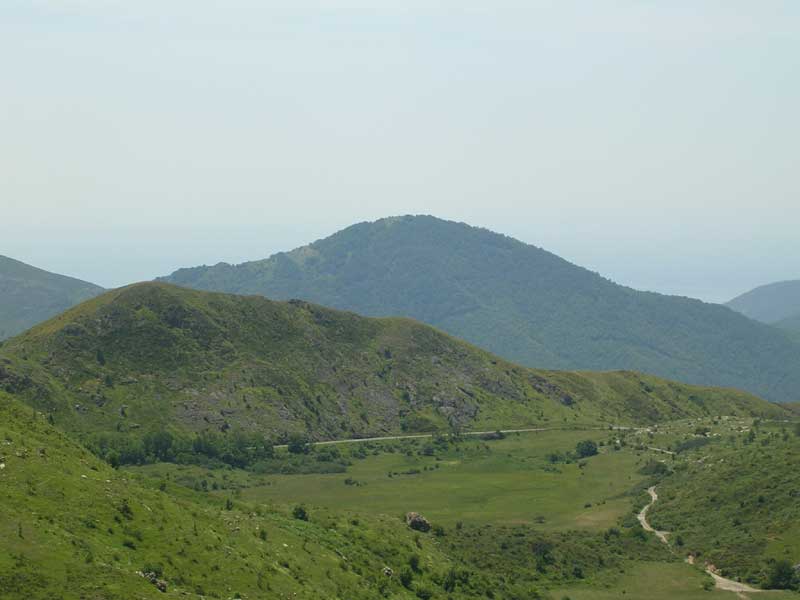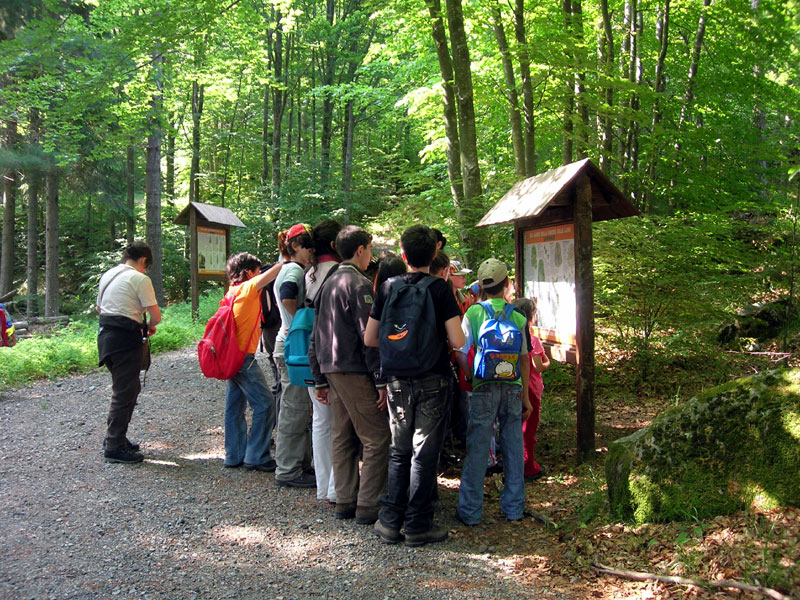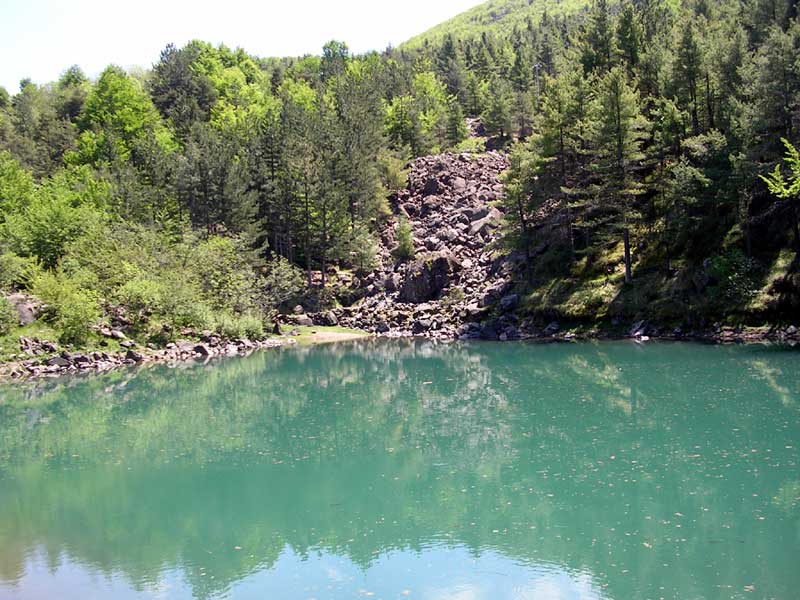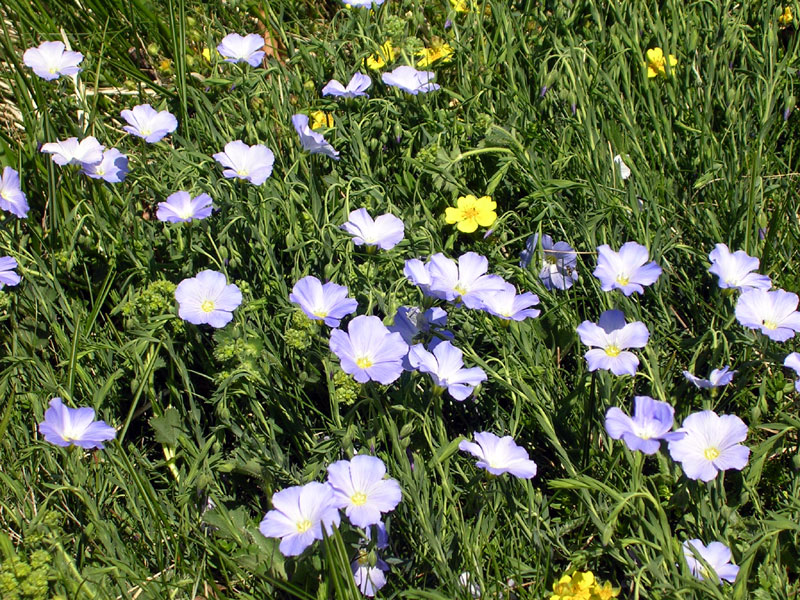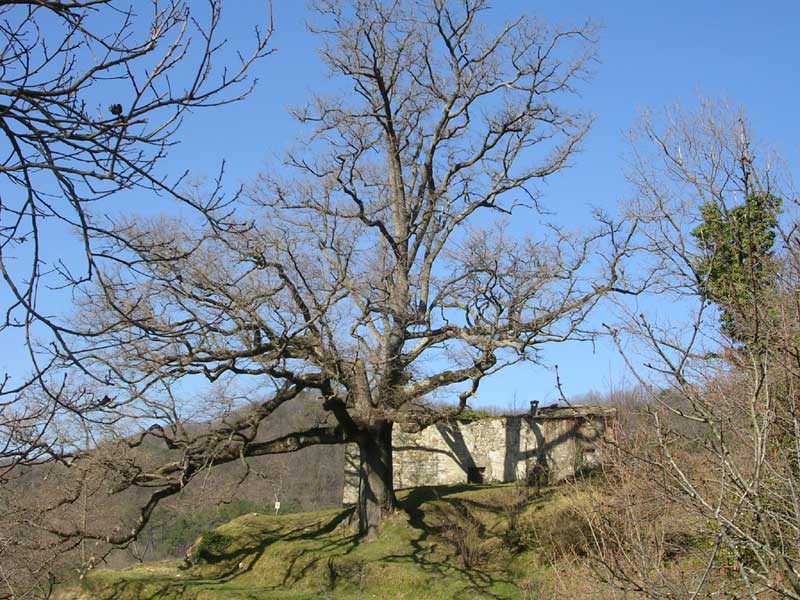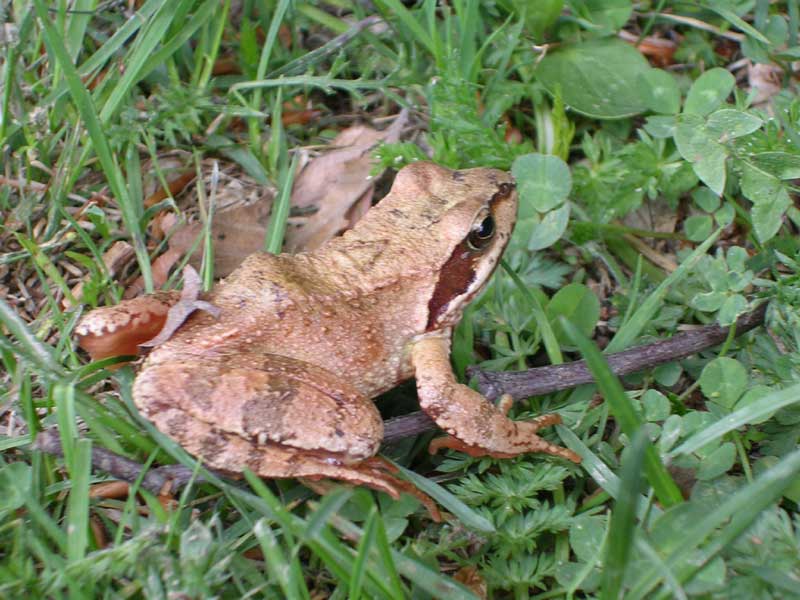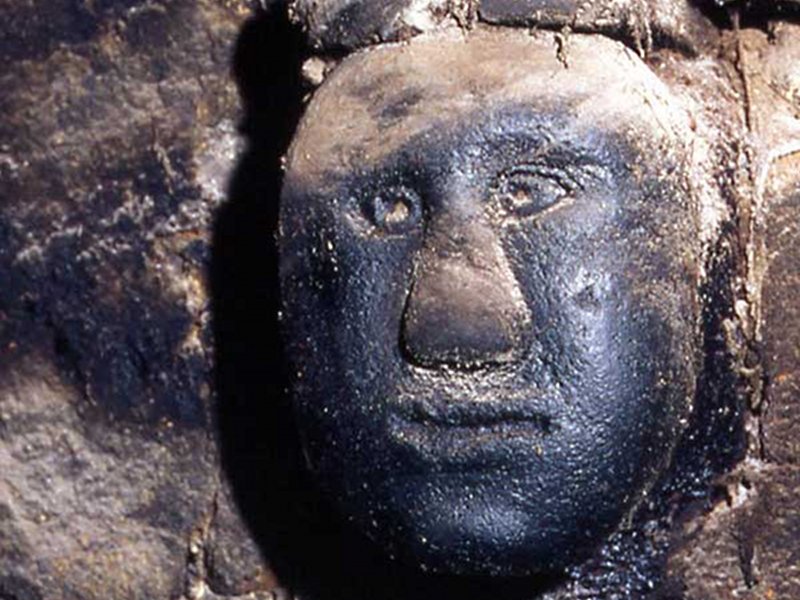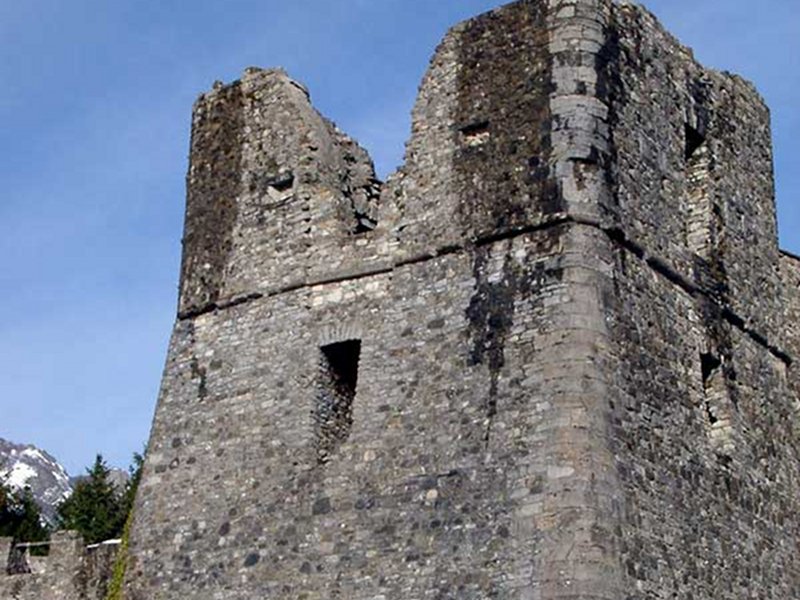Protected Area
Identity Card
- Aveto Regional Nature Park:
- Land Surface Area: 2'975.21 ha
- Regions: Liguria
- Provinces: Genova
- Municipalities: Borzonasca, Mezzanego, Ne, Rezzoaglio, Santo Stefano d'Aveto
- Establishment Measures: LR 50/1989 - LR 12/1995
- PA Official List: EUAP0966
- Park Authority: Ente Parco dell'Aveto
- Further managed Protected Areas:
- ZSC Monte Ramaceto
- ZSC Monte Zatta - Passo Bocco - Passo Chiapparino - Monte Bossea
- ZSC Parco dell'Aveto
The Park
- Surface Area: Nature Park 3,018 ha, divided in the following manner:
- Riserva generale orientata (RGO) 1,340 ha
- Protection Area (AP) 1,606 ha
- Development Area (AS) 45 ha
- Natural Monument (MN) 27 ha
- Adjacent Area 1,343 ha
Aveto Park, situated in the inland of Tigullio area, protects one of the most beautiful and important areas of the Ligurian Apennines. The protected territory, over 3,000 hectares, includes three valleys, Val d'Aveto, Val Graveglia, and Valle Sturla, each with its particular features: high-mountain landscapes, grazing lands and large beech tree woods in Val d'Aveto; meadows where cattle graze, chestnut tree and hazelnut tree woods, vegetable gardens, and olive groves in Valle Sturla, and a well-preserved rural landscape with olive groves and vineyards and, above all, a great variety of rocks and minerals, and therefore quarries and mines, in Val Graveglia.
Further information (Italian text)
The Park Valleys
Val d'Aveto is surrounded by mountain summits protecting it from outer agents and isolating it from the surrounding territories.
Valle Sturla is a characteristic valley of Liguria, which goes from the ridge at thousands and more meters of altitude to the sea, first among grazing lands and chestnut trees woods, then among hazelnut tree woods, vegetable gardens and olive groves, until it flows into the stream Lavagna, not far from the beaches of Tigullio: it thus offers, in a few kilometers, a cross section of the most clashing environments of our region.
Val Graveglia has a very particular ancient and recent history, one deriving from the other. As a matter of fact, far geological epochs have given origin, through huge tremors, to the rocks characterizing it, with peculiar formations which have enriched the underground with useful and rare minerals.
Further information (Italian text)
Geology
The present landscape of the Park is the result of huge tectonic movements and events linked to glaciations which, in the past, interested this area. The highest tops of the Park (Aiona and Penna) are made of rocks belonging to the ophiolite; they are commonly known as "green rocks", a group of rocks of various nature and genesis (peridotite, serpentinite, gabbro, basalt), which originated at the bottom of an ancient ocean basin (Liguria-Piedmont ocean).
Further information (Italian text)
Vegetation and Flora
In the last centuries man has shaped the territory, creating particular environments above all to cultivate fields and breed cattle: there are therefore several meadows, grazing lands, terraced slopes, chestnut and hazelnut tree woods.
Also natural woods have been rearranged, favoring the most useful essences: there are beech tree woods and oak woods, mixed woods with European hornbeam and Flowering Ash, and thin strips along the rivers characterized by willows and alders.
Thanks to the great variety of environments, substrata and microclimates characterizing it, Aveto Park boasts a great floristic richness.
Further information (Italian text)
Monumental Trees
In the Park territory we can also find various "Monumental Trees" which, according to L.R. 4/1999 are protected and enhanced. The centuries-old specimens, to respect and admire, are: the Cypress of Borzone and the Chestnut tree of Poggio (Municipality of Borzonasca), the Downy Oak of Gòsita (Municipality of Ne) and the Giant Sequoia of Allegrezze (Municipality of S. Stefano d'Aveto). The Beech tree of Zatta (Municipality of Mezzanego), also known as Faggio 40, has been recently cut because of a fungal aggression: it can be seen now on the ground. There are other "Big Trees" scattered throughout the Park territory that have not been included in the official list of the Region; among them, we can mention the so-called Elephant, a big chestnut tree near Zanoni, the Pillars of Hercules and the King of the Forest, giant beech trees you can see in Foresta delle Lame. These names, inspired from popular imagination, well describe the characteristic or imposing aspect of these plants.
Fauna
The great variety of environments within the Park has also favored the conservation of a rich and precious fauna.
The most important presence is without a doubt the Wolf, which has recently come back to the Park valleys with some specimens, during a slow but relentless recolonization of the Apennines by the species. Today the Wolf, across Liguria, has also appeared again in several alpine locations. Given the great charm of this carnivorous animal, observations and tours following its traces are among the most required activities.
Further information (Italian text)
History
Flint and jasper handicrafts of different ages, today preserved in the Archaeological Museum of Chiavari, archaeological and pollen surveys, and the presence of well-preserved subfossil trunks of first at the bottom of Lago degli Abeti have given the opportunity to know something more on the pre-Roman period.
The first ones to discover the Park were tribes coming from the bottom of the valley, who already in the Mesolithic period (over 7,000 years ago) practiced hunting in the mountains, rich in game. Afterwards, from the end of the Neolithic period to the Bronze age, other tribes went hunting in these places, and not only: they also cut and set fire to the thick fir woods, to make grazing lands out of them. Such an activity, besides being an evidence of the ancient origin (four thousand years from today) of cattle breeding - which is nowadays largely practiced - also witnesses the beginning of the predominance of the beech tree over the fir, also promoted by climatic factors.
Further information (Italian text)
Architecture
Besides the most famous monuments, that is Malaspina Castle in S. Stefano d'Aveto (12th century) and the Abbey of Borzone dedicated to S. Andrea, which alone are worth a visit, we should also mention other significant architectural works, such as the several bell towers of Val d'Aveto (among the most particular ones, those in Cabanne, Rezzoaglio, Magnasco), the rests of the monastery of Villa Cella, one of the most ancient churches of the territory (already mentioned for the 12th century) and other several religious medieval of Baroque-style buildings (among them, the church of Allegrezze, dating back to the 15th century).
Further information (Italian text)
Natura 2000 Network
Natura 2000 Networks is a "European Ecological Network" born to ensure the safeguard of habitats and flora and fauna species in areas of particular environmental value, among which the so-called S.C.I. (Sites of Community Importance). The creation of this network has been established by the European Directive n° 43 of 1992 (known as "Habitat Directive"), which mainly aims at safeguarding the biodiversity in the territory of the European Union. Italy has taken part in the creation of Natura 2000 Network by starting a specific project, within which Regione Liguria has identified in its territory 124 S.C.I. The high number of sites is given to the great variety of the natural environments in the region, and consequently to a number of animal and vegetal species transforming Liguria in one of the richest European territories in biodiversity.
Natura 2000 Network sites included in part or in the whole Park territory are 3:
- Monte Ramaceto (code IT1331810) 2,813 ha
- Monte Zatta - Passo del Bocco - Passo Chiapparino - Monte Bossea (It1331909) 3,009 ha
- Parco dell'Aveto (IT1331104) 6,669 ha
The Park Authority has been entrusted to ensure the conservation of the habitats and species present in the S.C.I., also outside the borders of the Nature Park.
In the future, the Park S.C.I., including the sections outside it, will be protected through a specific Management Plan, whose drawing up will be a task of the Park Authority.



